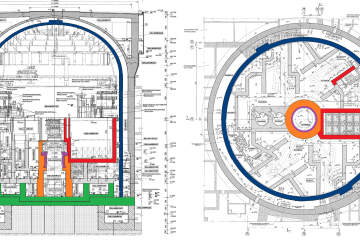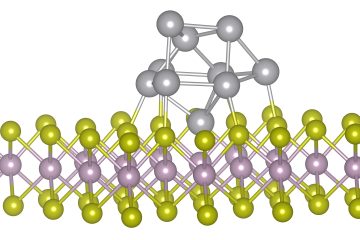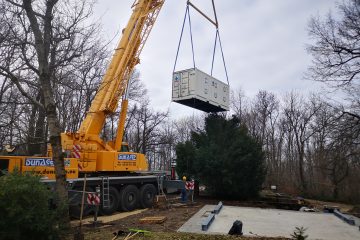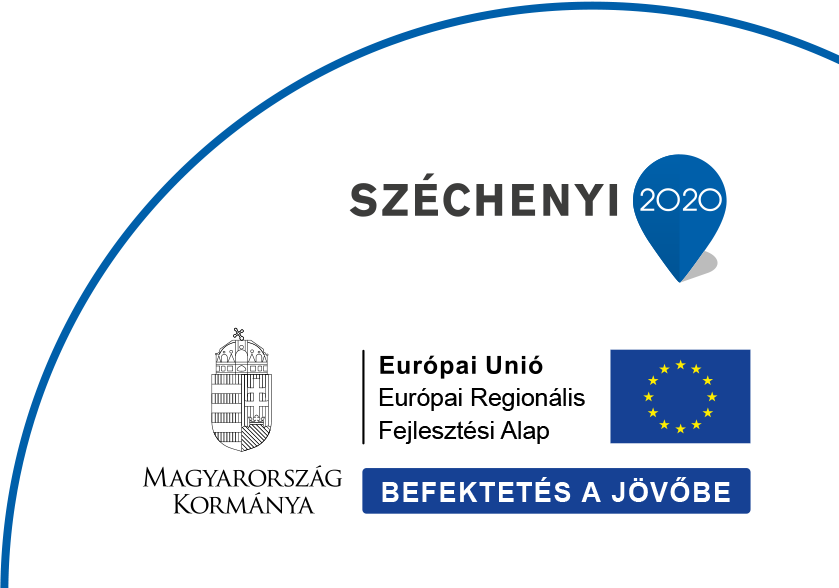Since the beginning of 2021, Centre for Energy Research have been engaged in the EU-project EASI-STRESS with partners from industry, academia and research and technology organisations (RTOs). Now, the results of the first measurements are becoming public.
Residual stresses in metals may lead to catastrophic failures under fatigue processes and they are of key importance across all industrial sectors where metals are used, e.g. within the transportation and energy sectors. Neutrons and synchrotron x-rays penetrate into metals and alloys and enable non-destructive direct determination of bulk stresses. The EASI-STRESS project will enable companies to control stresses, thereby optimizing component designs and reducing material usage or reducing time-to-market by qualifying new materials or processes faster.
During November, the project partners will present data from performed residual stress measurements on new developed round robin samples. The samples are measured at several neutron and synchrotron instruments, relevant (standardised) laboratory techniques and the results will be compared to modelling data. The samples are designed to replicate different industrial processed that will, at a later stage in the project, also be investigated in real industrial components through case studies defined by the industrial partners.
In the past, industrial developers have struggled to utilise synchrotron x-ray and neutron diffraction-based residual stress characterisation tools due to insufficient datacomparability and lack of harmonised protocols making it difficult to confirm reproducibility and traceability of the measurements.EASI-STRESS aims at lowering these barriers for industry by setting up European-wide standards/operating procedures and harmonising data formats.
The goals of EASI-STRESS are:
• improving synchrotron x-ray and neutron diffraction-based residual stress characterisation tools for the needs of industrial use
• developing European-wide characterisation standards, protocols and data exchange procedures to facilitate the industrial use of the characterisation tools, e.g. through traceability and comparability
• strengthening European industrial uptake of the characterisation tools through open access to data and protocols, development of a test bed service and collaboration/synergy/standardization activities
• to secure a competitive advantage across European industrial sectors through optimised component design, reduced material use through reduced safety factors (material savings of around 15%) and an estimated cost-reduction of 5% in a EUR 350 billion market through shortened time-to-market, and increased lifetime
The EASI-STRESS consortium consists of the following partners:
Research Infrastructures:
Institut Laue-Langevin (FR, GER, UK)
European Synchrotron Radiation Facility (FR)
Helmholtz-Zentrum Hereon (GER)
Centre for Energy Research (HU)
Universities and Research and Technology Organisations:
Danish Technological Institute (DK)
University of Manchester (UK)
CETIM (FR)
Industry:
Siemens Gamesa (DK)
Rolls Royce PLC (UK)
OHB Systems AG (GER)
Volume-e (FR)
Arcelor Mittal (ESP)
Nemak (AU)
EDF (FR)
Standardisation body:
Dansk Standard (DK)
More information at: www.easi-stress.eu
Follow us on
Twitter: @EASI_STRESS
LinkedIn: https://www.linkedin.com/showcase/75054908
Contact:
Project coordinator:
Dr. Nikolaj Zangenberg
Danish Technological Institute
nzg@teknologisk.dk
Communication officer:
Dr. Marc Thiry
Helmholtz-Zentrum Hereon
marc.thiry@hereon.de





